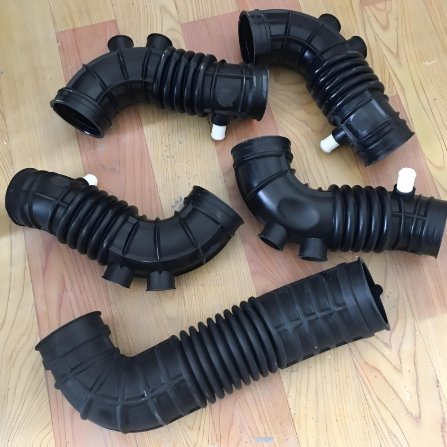
Manufacturing has transformed. Additive Manufacturing (AM) and Rapid Prototyping (RP) play vital roles. Both terms are related, but they are not the same.
An Injection Mould Company often deals with both. Each has its strengths and specific uses. Understanding their differences is essential.
What Is Additive Manufacturing?
Additive Manufacturing builds objects layer by layer. It is commonly known as 3D printing. It creates functional parts and finished products.
Features of Additive Manufacturing
- High precision.
- Versatility in materials.
- Suitable for end-use products.
What Is Rapid Prototyping?
Rapid Prototyping creates physical models quickly. It helps test designs before mass production.
Features of Rapid Prototyping
- Fast turnaround.
- Focused on design testing.
- Early problem identification.
Key Differences
Purpose
- Rapid Prototyping: Used for testing and validation.
- Additive Manufacturing: Focuses on production.
Output
- Rapid Prototyping: Produces prototypes.
- Additive Manufacturing: Creates final parts.
Application
- Rapid Prototyping: Supports design improvements.
- Additive Manufacturing: Handles low-volume manufacturing.
The Role of an Injection Mould Company
An Injection Mould Company integrates both methods. They help choose the right process. Their expertise ensures high-quality results.
Benefits of Working with a Specialist
- Access to advanced technology.
- Cost-effective solutions.
- Expert guidance on material selection.
When to Use Additive Manufacturing
Complex Designs
Additive Manufacturing handles intricate structures.
Low-Volume Production
It produces small batches efficiently.
Diverse Materials
AM supports plastics, metals, and composites.
When to Use Rapid Prototyping
Early Design Stages
Rapid Prototyping validates ideas.
Quick Adjustments
It allows for fast modifications.
Concept Visualization
RP provides tangible models for presentations.
Benefits of Combining Both
Faster Development
RP speeds up initial testing. AM refines production.
Cost Savings
Using the right method at the right stage reduces expenses.
Improved Quality
Iterative testing ensures better results.
Industries Using These Technologies
Automotive
- Rapid Prototyping tests part fit.
- AM creates custom tools.
Healthcare
- RP helps with device design.
- AM makes implants and prosthetics.
Electronics
- Prototypes test circuit housings.
- Additive Manufacturing produces final components.
Challenges in Additive Manufacturing
Limited Speed
Building layer by layer takes time.
Material Restrictions
Not all materials work well with AM.
Challenges in Rapid Prototyping
Limited Durability
Prototypes may lack strength.
Accuracy Issues
Early-stage models might not be precise.
Future of Both Technologies
Automation
AI will streamline processes.
Material Advancements
New materials will expand capabilities.
Hybrid Approaches
Combining RP and AM will become standard.
Choosing the Right Process
Evaluate Your Goals
- Need prototypes? Use RP.
- Need finished parts? Use AM.
Consult Experts
An Injection Mould Company offers valuable advice.
Additive Manufacturing and Rapid Prototyping are essential. Each has its unique role. Together, they revolutionize production.
An Injection Mould Company ensures you use the best method. They guide you through each step. Leverage these technologies for better products.
